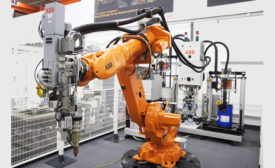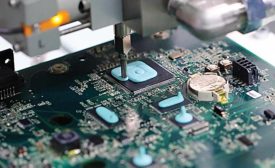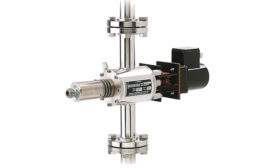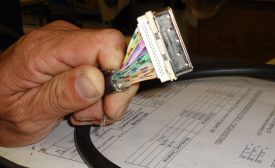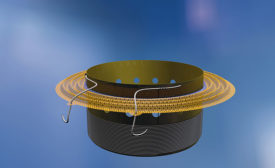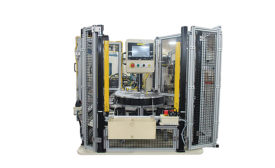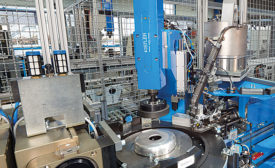Electronics Assembly
Dispensing Thick Materials
Precise valves and powerful pumps are essential to properly dispense one- and two-component high-viscosity materials.
January 5, 2017
Cable Manufacturer Goes From Generally Good to Specifically Great
Guided by a principle from a best-selling book, every Components Express employee focuses on one thing: making the best machine vision cables in the world.
October 4, 2016
Adhesives for Speaker Assembly
Light-curing adhesives can help speaker manufacturers increase efficiency.
October 3, 2016
Bullet-Proof Automated Assembly
A system that runs like clockwork doesn’t happen by accident.
September 8, 2016
What’s New With Servo Presses
Needing more precision, energy efficiency and traceability data from their assembly presses, manufacturers are increasingly turning to servo-driven models.
September 8, 2016
Never miss the latest news and trends driving the manufacturing industry
Stay in the know on the latest assembly trends.
JOIN TODAY!Copyright ©2024. All Rights Reserved BNP Media.
Design, CMS, Hosting & Web Development :: ePublishing

